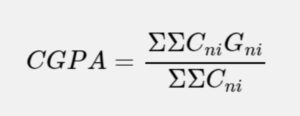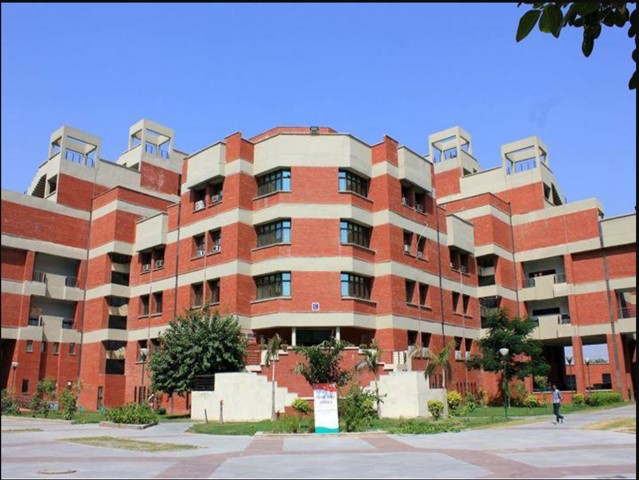The GGSIPU credits system can be a tough calculation to comprehend at times. How much do you require? How much you can let go? What does it matter? And a lot more.
Guru Gobind Singh Indraprastha University (GGSIPU) conducts examinations every semester for programs leading to all bachelor’s/master’s degrees and undergraduate/postgraduate diploma.
The University follows its own annual system of grade points and credits for every course offered by it (other than the programs for which a separate system is defined).
As per Ordinance 10 stated on the official website of GGSIPU, the guidelines for the distribution of weightage for various components of evaluation are as follows:
A. Theory Courses
1. Continuous evaluation by the teacher(s) – 25%
2. Annual end term examination – 75%
B. Practical/Laboratory/Studio Course
1. Continuous evaluation by the teacher(s) – 40%
2. Annual end term examination – 60%
Syllabi and Scheme of Teaching and Examination describe the distribution pattern for various subjects and for the purpose of evaluation.
Each subject has its own credit points, based on which the final result is calculated.

You Might Also Like: GGSIPU Proctored Exams Dates Out. Find Out Here.
How to calculate CGPA in GGSIPU using credit points?
The basic formula to calculate CGPA is:

Where,
Cni – number of credits of the ith course of the nth semester
Gni – grade points of the ith course of the nth semester
1. First, we calculate the product of credits and grade points for each subject and then add them together.
2. We divide the above result by the total number of credits.
3. Lastly, the final result is rounded off to 2 decimal places.
For instance, if a student has scored 68 in a subject having a credit score of 3 and 95 in a subject having a credit score of 1, then his/her result will be:
Percentage = (68*3 +95*1)/4
= 75.5
Grading system in GGSIPU
Out of a maximum of 100 marks, whatever marks a student secures can be converted into a grade.
Grade points are basically the numerical equivalent of the letter grade assigned to a student based on the total marks obtained by the candidate.
The grading system in GGSIPU is as follows:

For grades below the passing grade (P) as defined in the Syllabi and Scheme of Teaching and Education, the grade points are taken equal to zero.
What are the benefits of credits? | GGSIPU Credits System
Credit points are different for different subjects, so you should focus on passing each subject with a reputable score.
It is important to note that if you fail in any subject, credit points for that will become equal to zero. Also, organize your study plan according to the credit points of subjects. Give more priority to the subject having higher credit points so that it improves your final percentage.
Remember, more credit points, more is the weightage of the subject.
CGPA divisions
As specified in the Syllabi and Scheme of Teaching and Examination, for the award of the degree, the divisions of CGPA are as mentioned below:
• CGPA of 4.00-4.99 are to be placed in the Third Division
• CGPA of 5.00-6.49 are to be placed in the Second Division
• CGPA of 6.50 or above are to be placed in the First Division
• CGPA of 10 is placed under the category of Exemplary Performance. Any student with an academic break shall not be awarded this.
• The CGPA×10 shall be treated equally to the percentage of marks obtained by the students for the purpose of evaluation.
All in all, you must know how to maintain your CGPA over the entire course. Once you are able to manage your time for studies well, you will be able to ace every exam with ease.
Conclusion | GGSIPU Credits System
So that’s all you need to know
(With inputs from ipu.ac.in, ipucgpacalculator.com)


